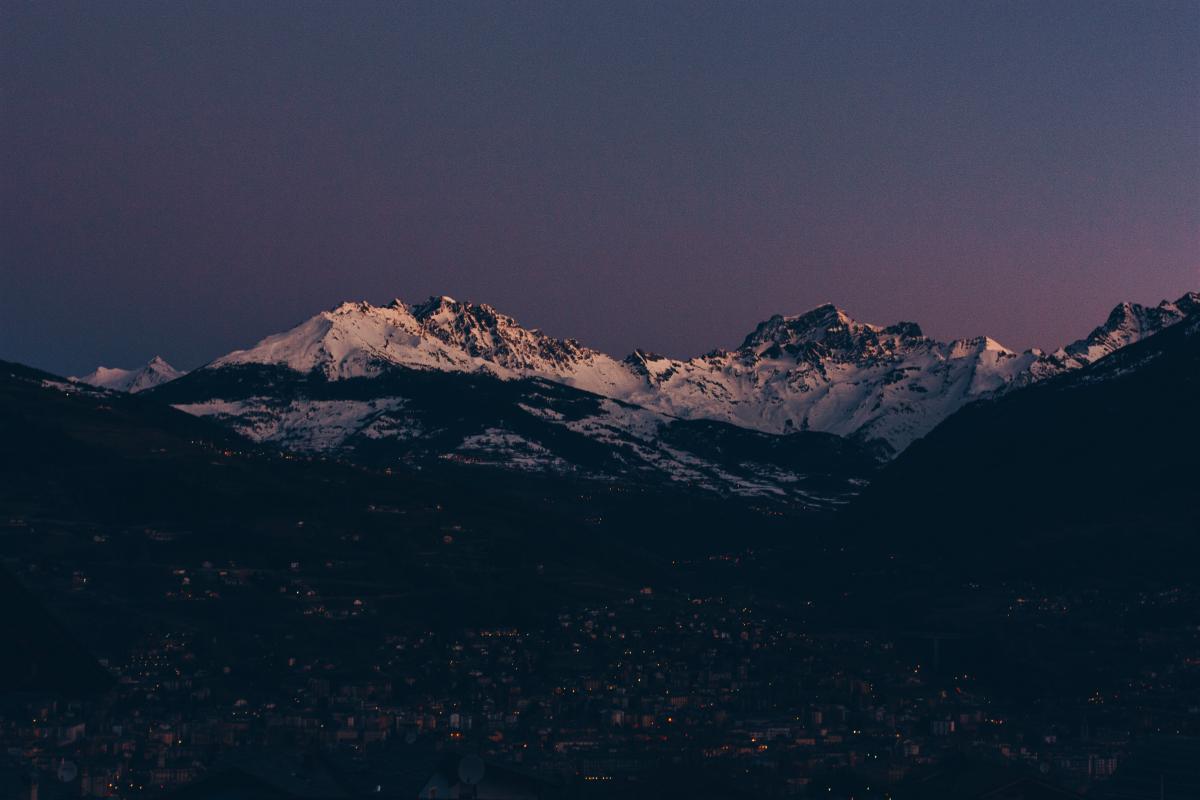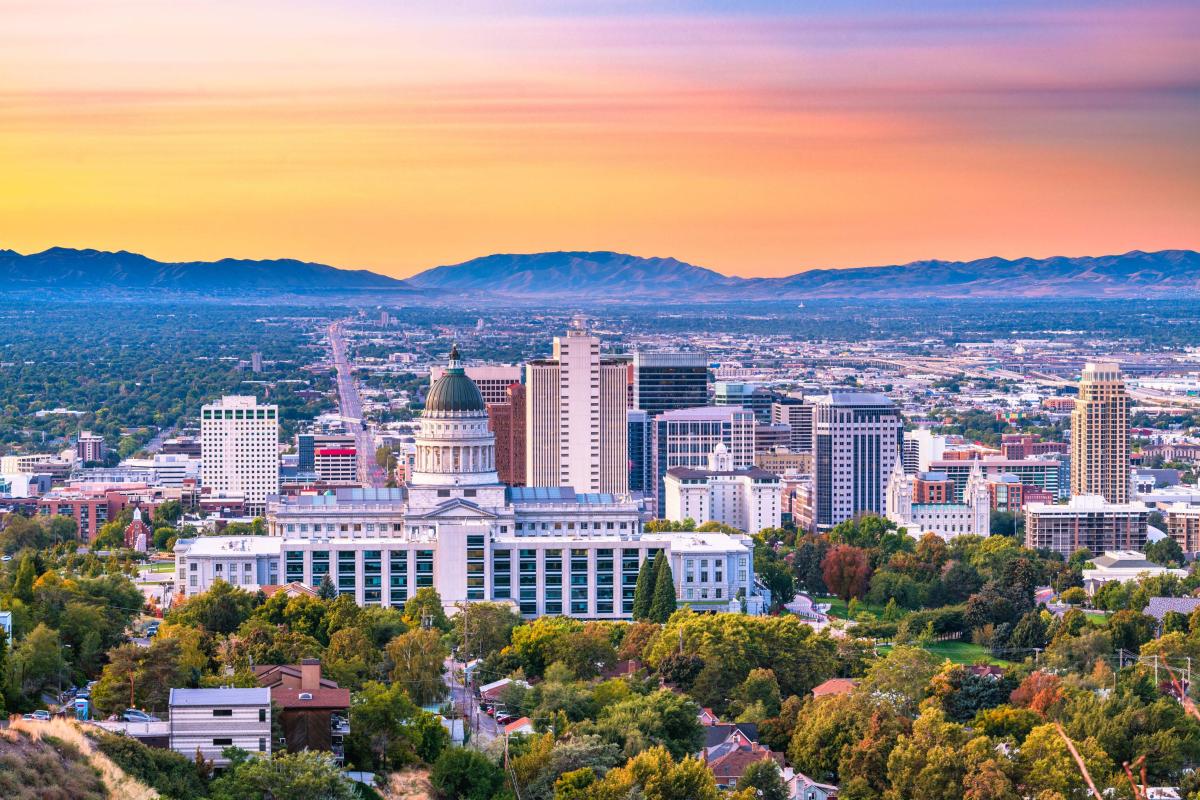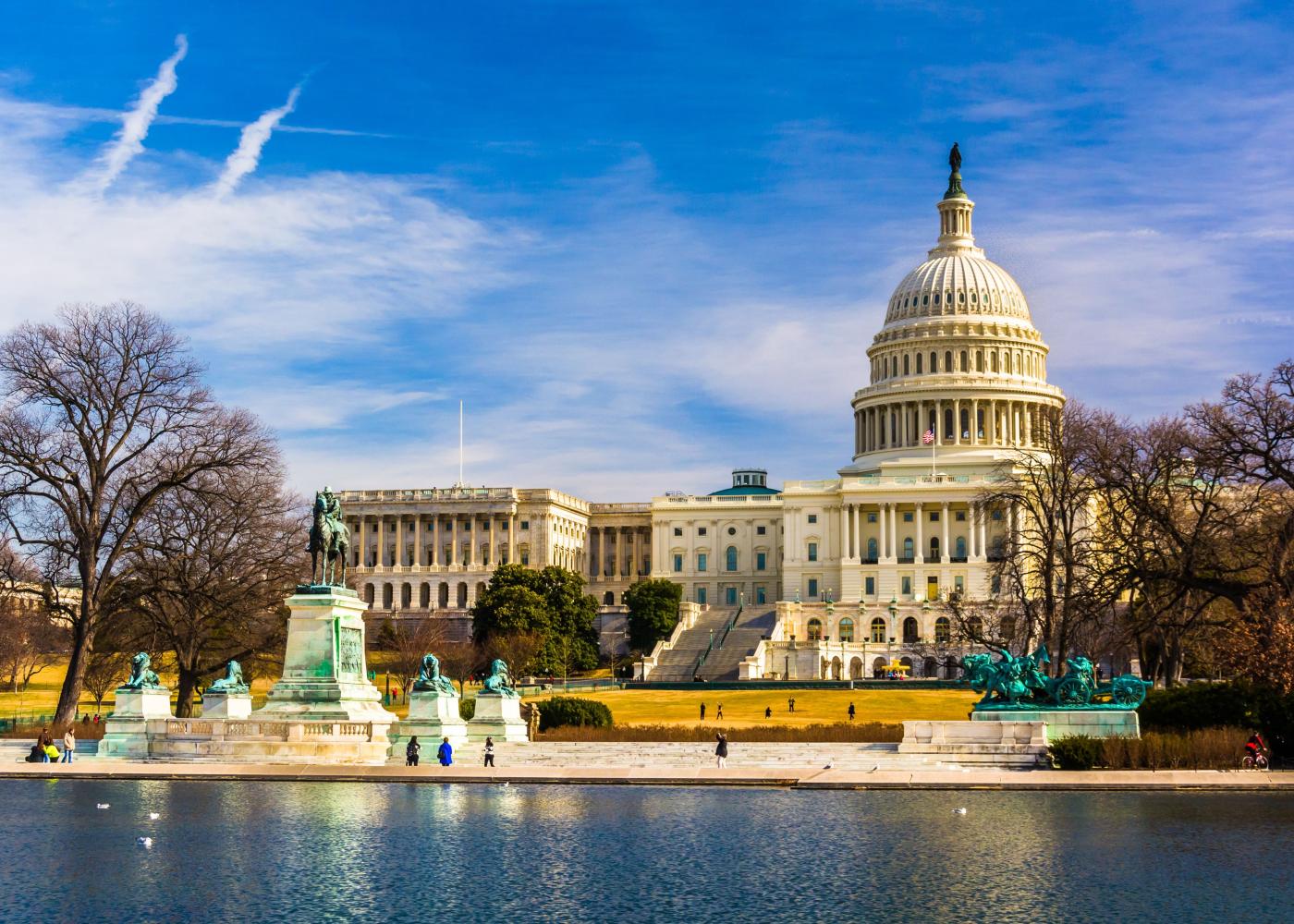The Answer Beneath Our Feet

Washington, DC, June 5-6, 2023 — Geothermal Rising, the leading energy non-profit organization, launches its inaugural Geothermal Capitol Hill Day, along with co-hosts HEET, Project InnerSpace and the Texas Geothermal Energy Alliance, on June 5-6, 2023 at the historic Willard InterContinental Hotel, including Hill meetings with over 50 congressional offices from Vermont to Texas to California. This event reaches lawmakers in our nation’s capital to support geothermal energy policies and increase the familiarization of geothermal technologies that allow us to “Use the Earth to Save the Earth." Geothermal is a technology ready for primetime today and offers the United States clean and renewable energy options anywhere and everywhere.
“The potential of geothermal in the United States, and globally, is massive. As an industry, we are aware of this and have been yelling it from any rooftop we can find, however we also need to make sure we have pointed conversations with those making future renewable energy goals and setting the stage for societal resilience,” urges Kelly Blake, President of Geothermal Rising.
Through Geothermal Capitol Hill Day, key leaders and C-level executives from government agencies, think tanks, congressional offices, environmental and climate NGOs, universities, the media, and investors will hear and learn directly from the geothermal industry. The geothermal community has aligned to participate in curated plenary sessions, presentations, and networking events focused on sharing knowledge and promoting the needs of the geothermal industry to policymakers and decision makers in Washington, DC. Geothermal topics of discussion include:
- The DOE and Geothermal Energy,
- Why Climate and Environmental NGOs Support Geothermal,
- Needed Manufacturing & Workforce Development,
- Leveraging Existing Skills and Knowledge of the Oil and Gas Workforce, and
- Environmental Justice, Equity, and Community Engagement.
Geothermal Rising’s message of “Using the Earth to Save the Earth” benefits local communities and businesses to provide unlimited clean, reliable, renewable power that creates jobs and improves quality of life. Hill Day participants will learn how to leverage the naturally abundant geothermal energy source that’s safe, clean, and reliable and stable.
“The geothermal industry has the ability and passion to address the climate crisis, leverage the existing skills and knowledge of hydrocarbon workforce, and do so in a just and equitable way. Part of our mission at Geothermal Rising is to familiarize the public, the media, policy makers, think tanks, climate and environmental NGOs, students, and textbook publishers about geothermal technologies and applications,” said Bryant Jones, PhD, Executive Director of Geothermal Rising.
“Geothermal can decarbonize the built environment with heating and cooling technologies, produce green hydrogen, and generate clean and renewable electricity. This industry has the solutions, passion, and technical expertise to make this happen.”
Geothermal Hill Day sponsors are Calpine, Clean Air Task Force, ClearPath, Cryq Energy, Halliburton, Nabors, SLB, and Ormat.







